It can be so handy to have a well stocked pantry at home and beans are so handy to have on hand. If you’ve never cooked dried beans before this guide on how to cook beans (along with a few of my favourite bean recipes) will be super helpful!
My grandma taught me how to cook beans from scratch at a young age: it was one of her favourite foods to eat (along with tofu and Ukrainian sausage lol). She cooked baked beans for us on a regular basis for our crew, and seemed to always have a pot soaking on the stove. A pot of white navy beans still reminds me of her, and probably always will. I am so grateful I took the time to learn her recipe before she passed away: we included a modified (vegetarian) version in our cookbook.
Reasons to Cook with Beans
Beans are a staple in many recipes. From chilli to baked beans, creamy hummus and soups, beans are an essential pantry staple. They not only make a dish a little heartier, they can add a lot of protein! Canned beans are a great choice but dried beans take up less space in the pantry, have less sodium, and are so much more affordable.
How Nutritious are Beans?
Beans are a high in protein, fibre and minerals like iron, folate, potassium and magnesium. Fibre is an underrated nutrient, and most of us quite frankly don’t get enough. Each 1/2 cup of cooked beans contains around 7 grams each of protein and fibre (women should aim for 25 grams of fibre per day and men 38 grams per day – most people only get half of that). Fibre is important for maintaining digestive health and can help us feel more full and satisfied.
Note that if you are following a low FODMAP diet for your digestive health you may not be able to eat beans. I recommend consulting with a registered dietitian to help you navigate this diet or to discuss if this may be right for you.
And of course… beans are so delicious and versatile! There are heaps of different varieties of beans but don’t let that intimidate you. The process for cooking your own dried beans from scratch is very simple.
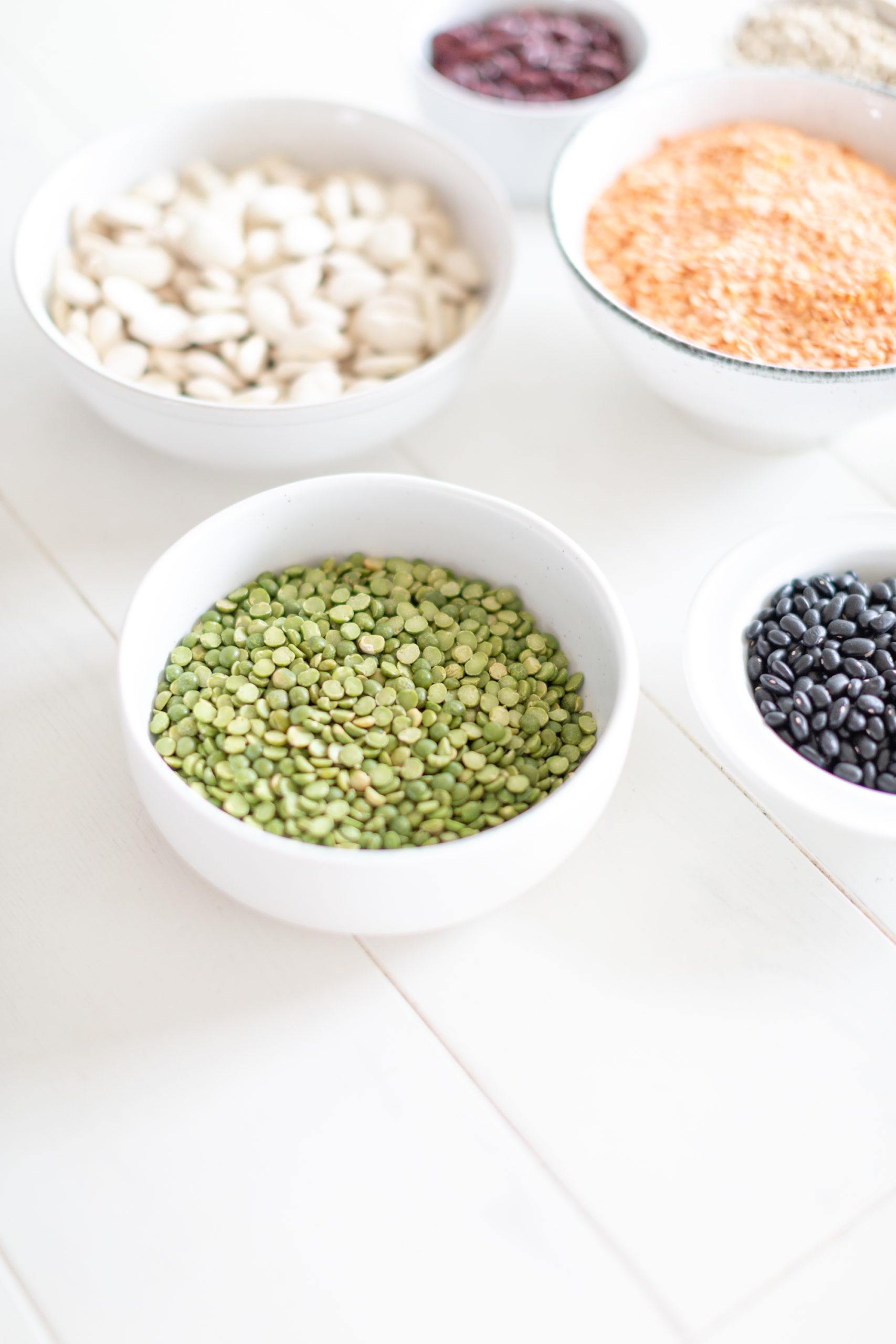
How to Soak & Cook Dried Beans
One pound of dry beans yields around 6 cups of cooked beans – which is a lot! Note that a 15-ounce can of beans contains about 1½–1¾ cups of cooked beans. Since dry beans take so long to cook, it’s worth making extras and freezing them in smaller sealed containers for later use.
I recommend soaking dried beans before cooking. Soaking your beans allows them to absorb some water and reduces the cooking time by around 25%. Exceptions include lentils and split peas, they’re so small you only need to soak for 20-30 minutes before using them in your recipe (you can easily skip soaking for these). Soaking is optional but helps reduce cook time – be sure to discard any liquid that you soaked your beans in and use fresh water for cooking them.
- Rinse and drain the beans in a fine sieve and discard any beans that are disheveled or bits of debris or pebbles (yes, pebbles) – this is easiest if you spread them out on a pan.
- Soak the beans. There are two ways to soak beans. The long method is to soak the beans for at least 8 hours or ideally overnight in enough cool water to cover (you can leave them out at room temperature). The quick method is to cover the beans with water in a large pot, bring the water to a boil, turn the heat off, cover the beans and let them soak for 1 hour. Once the beans are done soaking proceed to step 3.
- Cook the beans. Once the beans are soaked, drain them, place in a large pot and cover with water. Bring to a boil, reduce to simmer and cook for about 45–75 minutes depending on the variety (about 15–25 minutes for lentils), until your beans are soft. It’s important to cook them at a low temperature to help prevent the beans from splitting. Avoid adding anything acidic to your beans until they are fully cooked as it stops the cooking process (I’ve done this many times). Cooked beans can be stored in a sealed container or bag in the fridge for 4-5 days or can be frozen for up to 2-3 months (you risk freezer burn the longer you freeze them)!
How to Use Beans in Recipes
You’ll want to plan ahead when using dried beans as it’s best to let them soak overnight before cooking them! Regardless if you soak them or not, they do take some time to cook. Beans are so versatile, you can use them in a wide assortment of recipes but here’s some of our favourites recipes with them:
Recipes Using Black Beans
- Coconut Black Bean Brownies
- Black Bean Mushroom Burger
- Cowgirl Salad
- Breakfast Taquitos
- Mexican Chilli
Recipes Using Chickpeas
Recipes Using White, Navy or Kidney Beans
- Granny’s Overhauled Baked Beans (from the cookbook)
- Sautéed Kale with White Beans
- Italian Peasant Soup
- Vegetarian Chilli (try this one from the cookbook)
Recipes Using Lentils & Split Peas

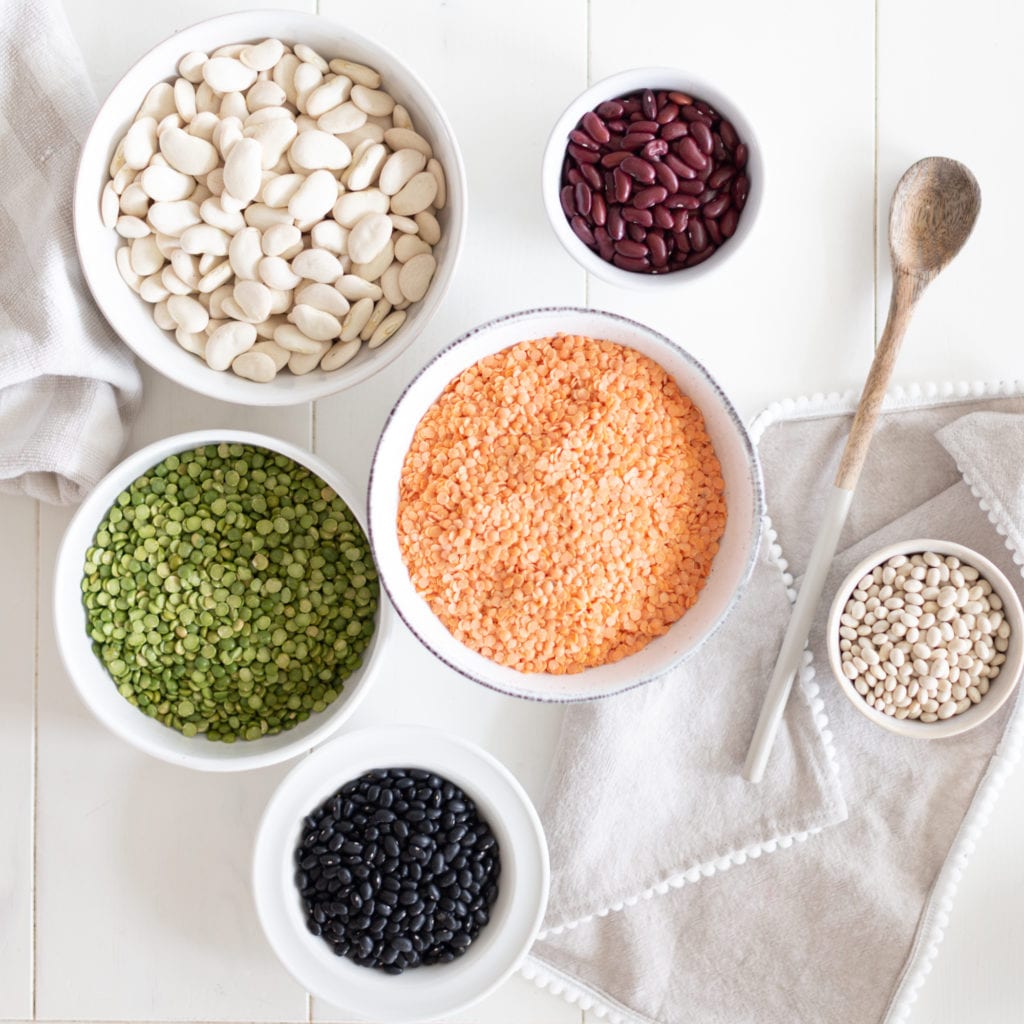
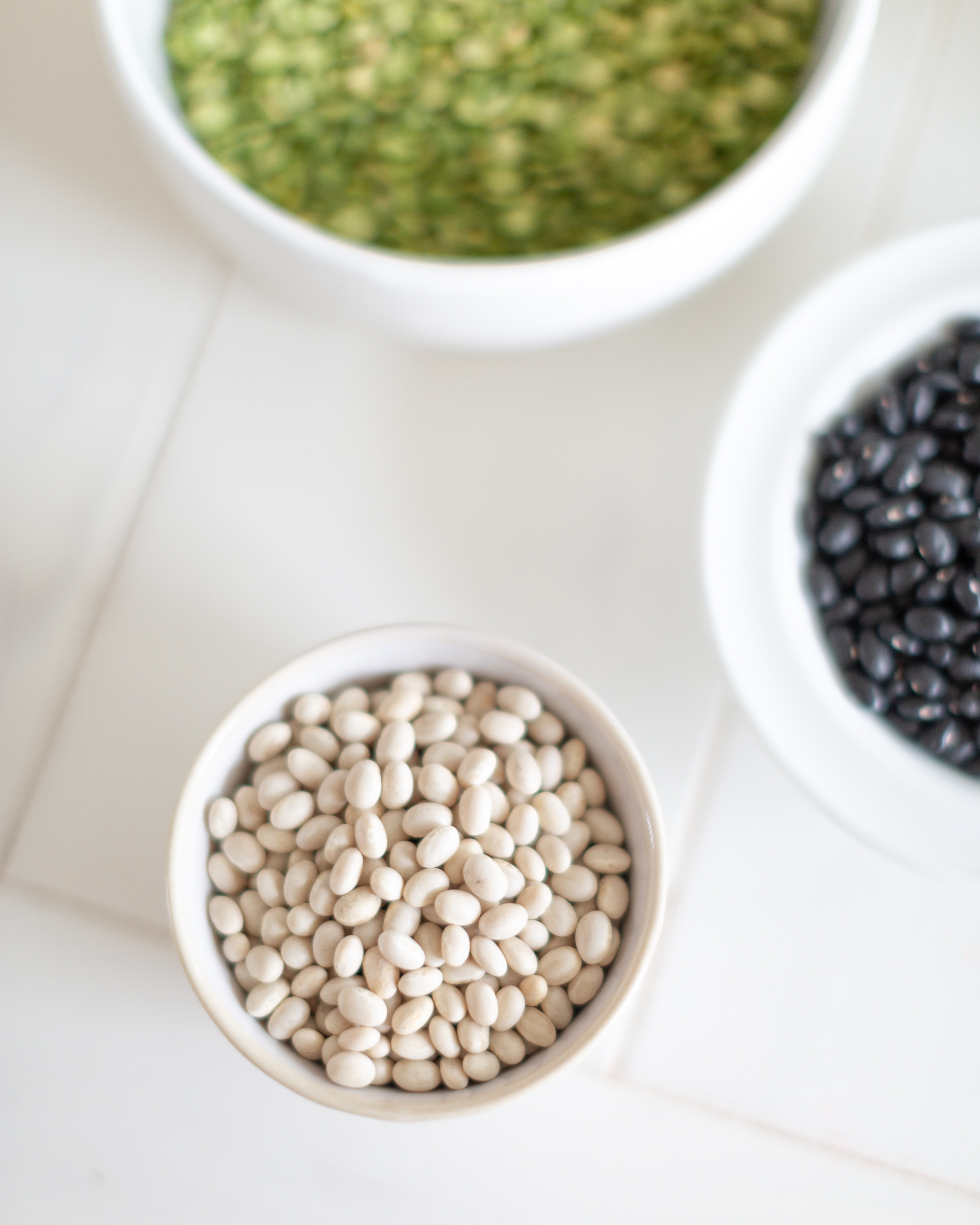
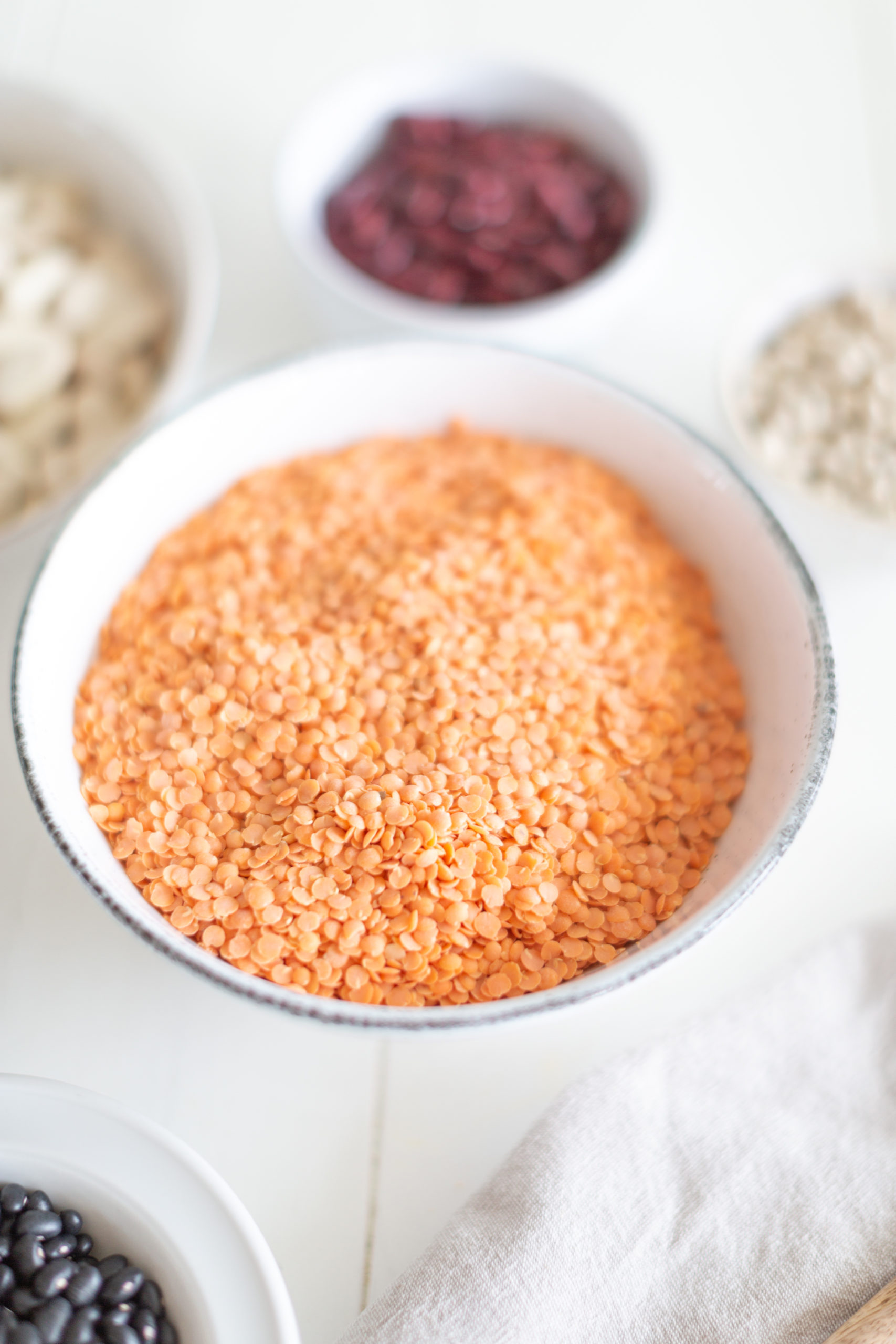
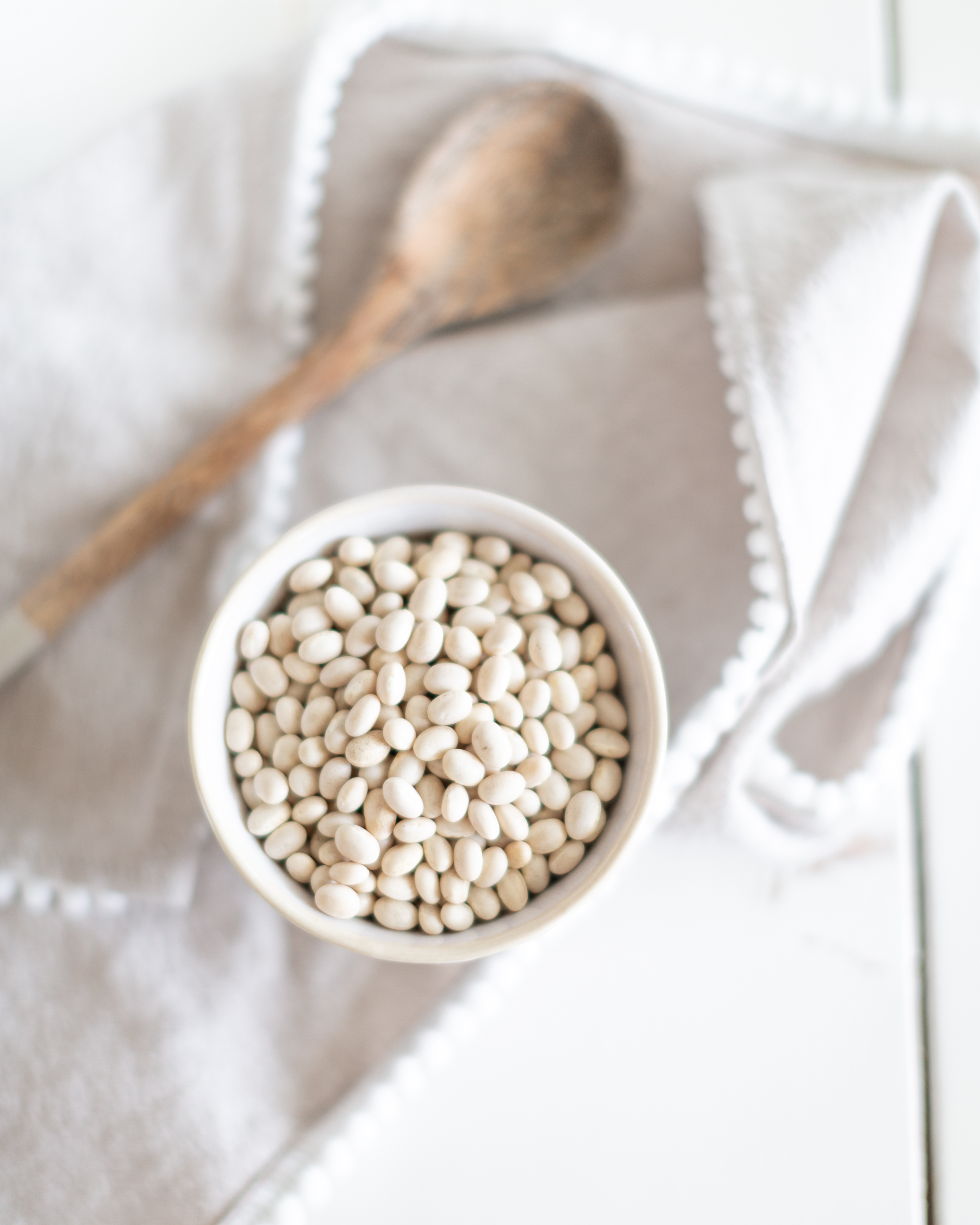

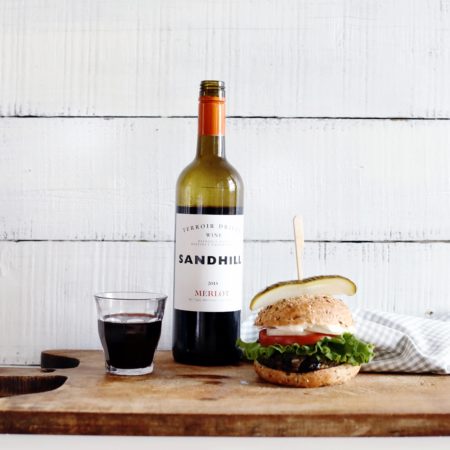
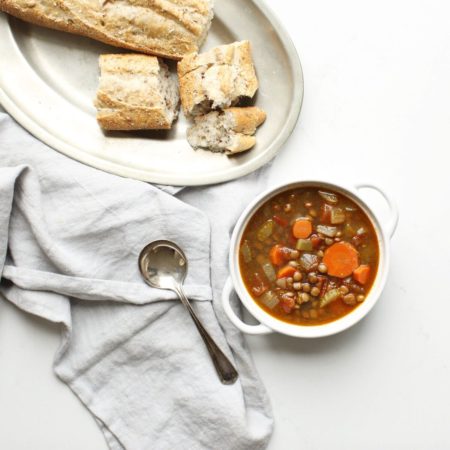
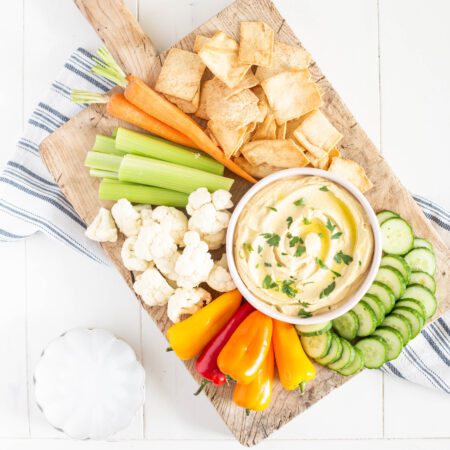

Hi Tori,
This is a very timely post. Bean meals are so easy to make and, as you mention, so nutritious and filling
!
I love Black Bean burgers when cilantro is growing in profusion in the garden. I will be trying your take on this when that time arrives.
I like to cook an entire bag of beans all at once in my Instant Pot then divide the cooked beans into 9oz portions in freezer bags. 9oz of beans is about how much you get from a 14oz tin.
FYI two of the links are not working; the Baked Beans and the Veg Chilli recipe links do not open.
The breakfast taquitos are a family favorite – thank you so much for the great recipe!!! Do you cook all your own beans as opposed to buying canned beans?